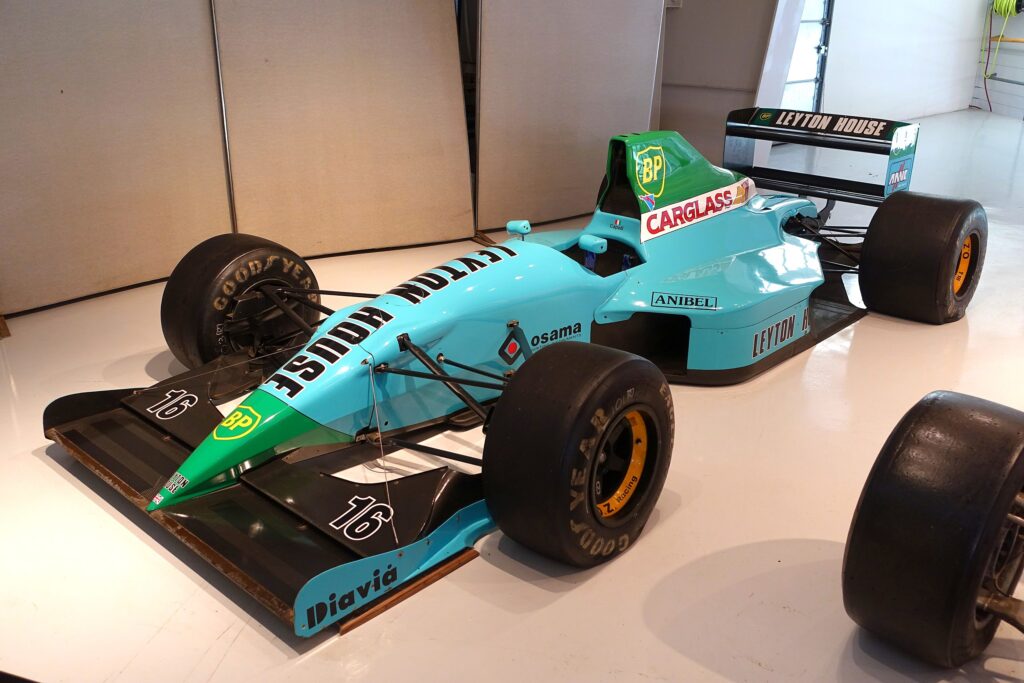There are some dates that don’t seem particularly important at the time that become significant with the passage of time. The day after French Grand Prix (July 9, 1990) was one of those dates. It could be argued that it was the day that Formula One changed forever for a variety of reasons. The Race had an article on this subject and I’d like to expand on it.
I remember watching the race on ESPN early on that Sunday morning. Nigel Mansell was on pole in his Ferrari and it was a hot, sunny day at the Paul Ricard Circuit. But lining up in P7 and P10 were two cars that didn’t even qualify for the previous race in Mexico City. These were the Leyton House (March) GC901s driven by Ivan Capelli and Mauricio Gugelmin. The Chief Designer for these vehicles was a young aerodynamics expert who had applied his skills in IndyCar racing before coming back to Formula One, Adrian Newey. Only he wasn’t at the race, the team fired him after the Mexican Grand Prix.

Credit: Daderot
Copyright: CC0 1.0
In the race, Capelli and Gugelmin ran 1-2 for most of the event. The smooth surface of the Paul Ricard circuit coupled with the car’s efficient aerodynamic profile enabled them to run the entire race without pitting for tires. Gugelmin’s car failed on lap 58 but Capelli was set to take his first win, until he started having engine problems with only a few laps to go. Eventually Alain Prost passed him with 3 laps to go and took the victory. Still, it was an impressive finish for a team that was struggling with both financial and personnel issues. However it was the car’s designer who was to experience dizzying heights of success in the coming years.
Adrian Newey was approached by Williams after being fired and signed soon thereafter. He started work with his new employer on July 9, 1990 and immediately began to work on their 1991 car, the FW14. This car would incorporate Newey’s aerodynamic philosophies and also include a new semi-automatic gearbox mated to a Renault V10 engine. Later that summer, Nigel Mansell was signed to drive alongside Ricciardo Patrese. The team was also bringing a new wind tunnel online in 1991 which would further aid the team’s efforts. The pieces were in place for a dominant run by Williams.
Nobody realized it at the time, but this day would change the course of Formula One development from that day forward. Many of Newey’s ideas and concepts were incorporated into his designs for Williams, McLaren, and Red Bull. He won multiple championships with all three teams as well. Even in the twilight of his career, he is influencing car design in F1; especially with respect to aerodynamics. Adrian Newey definitely ranks as one of the most influential designers of all time and is a legitimate legend. All this from a guy who was fired from the floundering Leyton House team.
That’s why that summer day over thirty years ago looms so large in the history of Formula One.

